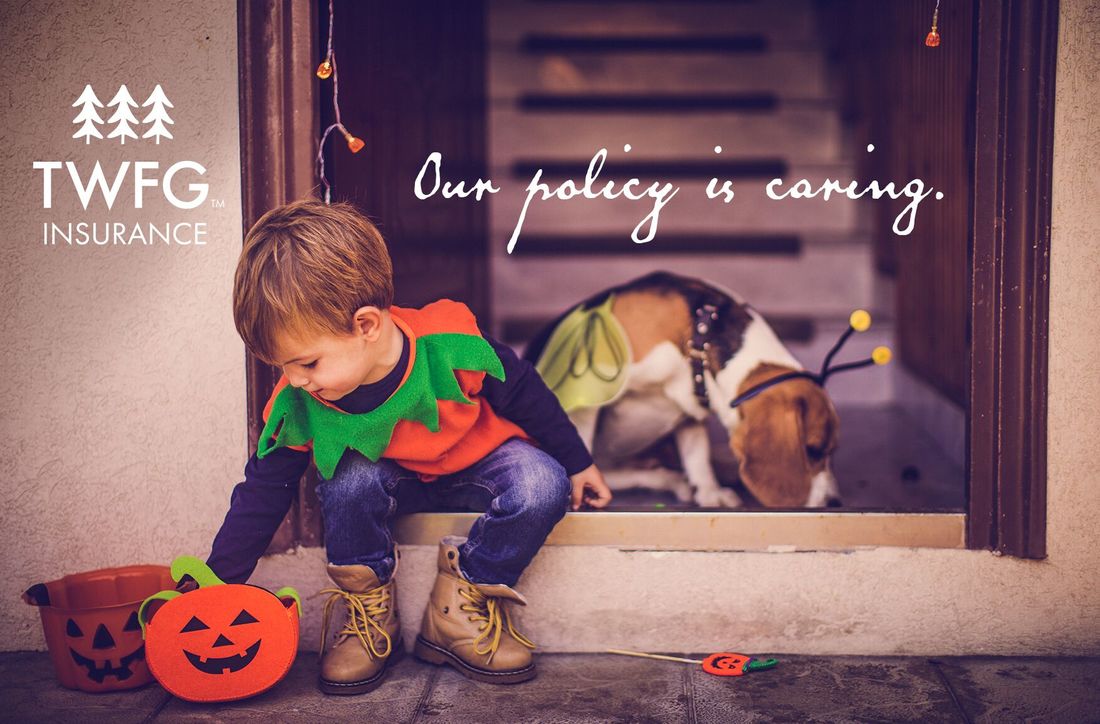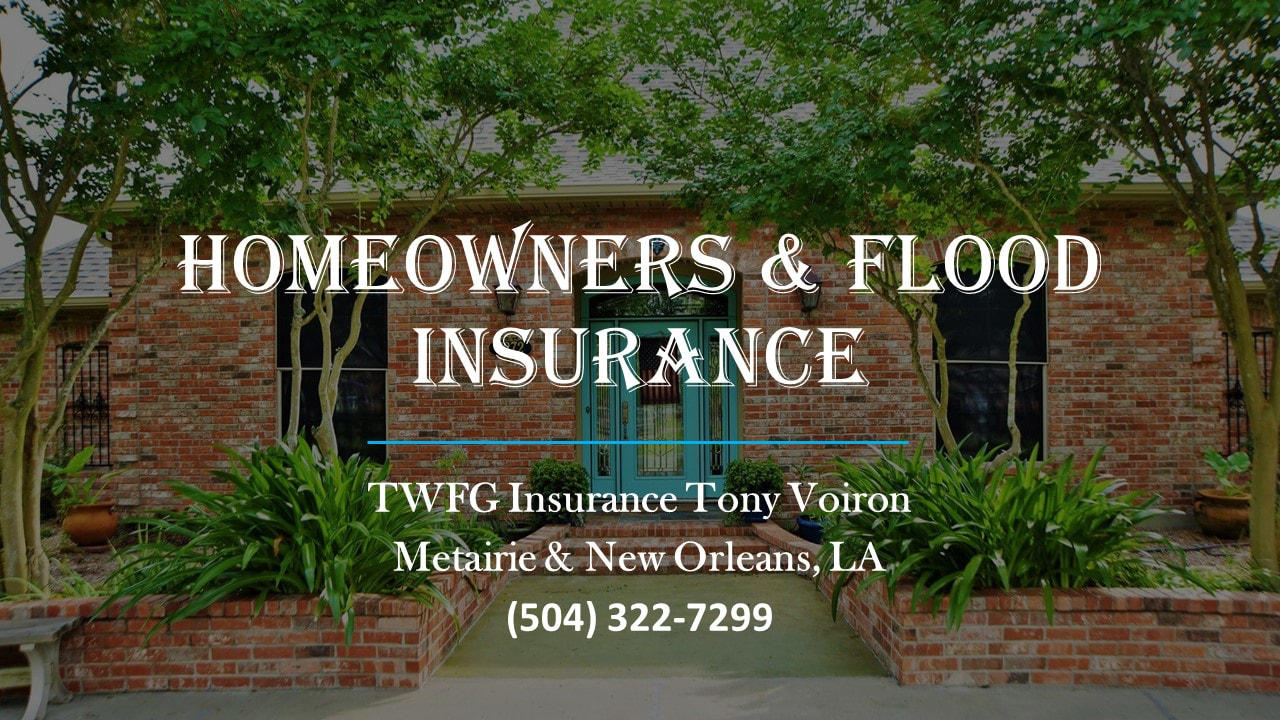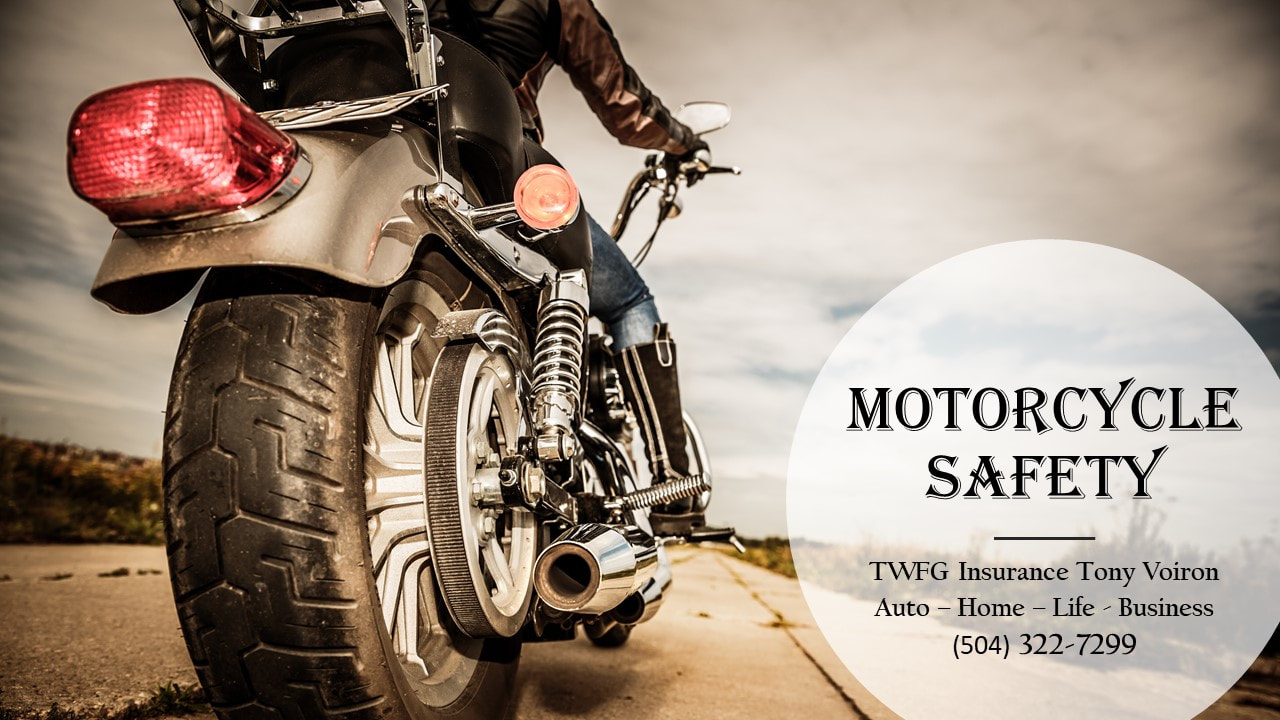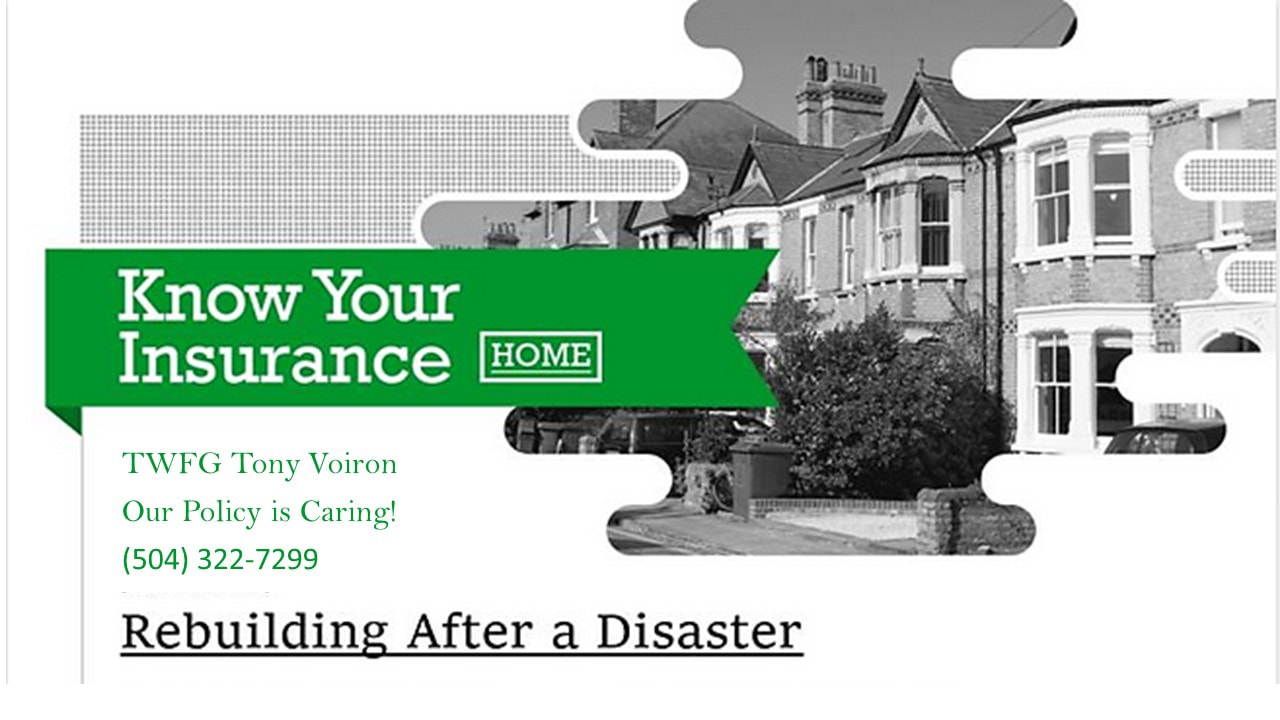|
Halloween is an exciting time of year for kids, and to help ensure they have a safe holiday, here are some tips from the American Academy of Pediatrics (AAP).
ALL DRESSED UP:
Happy Halloween Hunting! TWFG Insurance Tony Voiron www.twfglouisiana.com (504) 322-7299
0 Comments
What Protection Does it Offer?
From your rooftop to kitchen range, we’ve gathered some homeowners insurance basics. Learn how it helps you to protect one of your biggest investments—your home! A standard homeowners insurance policy insures the home itself and the things you keep in it. It is typically a package policy, which means it covers both damage to your property and your liability or legal responsibility for any injuries and property damage you or members of your family cause to other people. Let’s take a look at each aspect of coverage in more detail: Part I: Property Protection Dwelling: This offers protection as a result of damage to the structure of your home, including fixtures, plumbing and heating, due to a covered loss like fire or hail storm damage. You need enough coverage for the cost of rebuilding or repairing your home, less the cost of the land. Other structures: This includes coverage for detached structures, such as a garage, garden shed and fixtures attached to land such as a driveway, sidewalks, patio, fence and swimming pool. Personal property: This covers the contents and personal items in your home such as furniture, clothing and sporting goods. It also extends to your personal belongings anywhere in the world. To determine your property’s value, we’ll provide you with a home inventory checklist to help you quickly and easily itemize your belongings. We recommend insuring your personal property for its replacement cost value. Replacement cost value ensures that you can replace yesterday’s purchases at today’s prices. Loss of use: In the event that a covered loss forces you from your home, such as because of a fire, loss of use provides a safety net for additional expenses over and above your normal living expenses while you are unable to live in your home, up to the policy limit. Part II: Liability Protection This portion of your policy covers against lawsuits for bodily injury or property damage that you or family members may cause to other people. It pays for both the cost of litigation and any court awards, up to the limit of your policy. It covers you whether you are at home or away. In the event that a visitor is injured in your home, medical payments coverage allows the person to submit medical bills directly to your insurance company. The benefit is that expenses are paid to the injured person up to the policy limit without a liability claim being filed against you. Additional Considerations (Disasters) Damage caused by many disasters is covered in a standard homeowners insurance policy, but floods, earthquakes and other specific types of occurrences are generally excluded. Since policies can vary widely, the best way to be sure about specific exclusions is to read your own policy. Vacant Property If your home is left vacant due to a move or new construction, you are vulnerable to losses from vandalism and other mishaps. Please check with us to learn more about the coverage options available to protect your property. Did you know?
That 22 percent of riders killed in crashes are not licensed or are improperly licensed to operate a motorcycle. When you’re attempting to control this much force, it’s essential that you have the licensing and training to be in complete control of your motorcycle.
Content provided by Safeco Insurance and TWFG Insurance Tony Voiron, ever reminding to to put safety first. Hurricanes, fires and other disasters can cause widespread devastation that threatens the safety of your family and home. But once a disaster passes, you aren’t necessarily out of danger. If your home is damaged, it may not offer sufficient protection for your family. Plus, assessing damage and the rebuilding process itself can be costly, even if your insurance policy helps to pay the bills.
Returning Home Before you can rebuild or repair your home, you’ll have to complete detailed inspections to see the extent of the damage. However, you should also keep your immediate safety in mind at all times. Even if you’re eager to return home, there could be a number of hazards present after a disaster that aren’t easily visible. Here are some tips for when you re-enter your home:
Cleaning and Repairs Once you’ve determined that your home is safe, you many want to start cleaning or performing small repairs yourself. However, the precautions you take during the recovery process can change depending on the type of disaster that affected your area. Use the following best practices to identify potential hazards in your home and prepare yourself for the cleaning and rebuilding processes. General Best Practices
Fires
Working with Contractors
Recovery Resources
|
AuthorWrite something about yourself. No need to be fancy, just an overview. Archives
April 2020
Categories |




 RSS Feed
RSS Feed